Home>diy>Building & Construction>How Do Construction Cranes Go Up
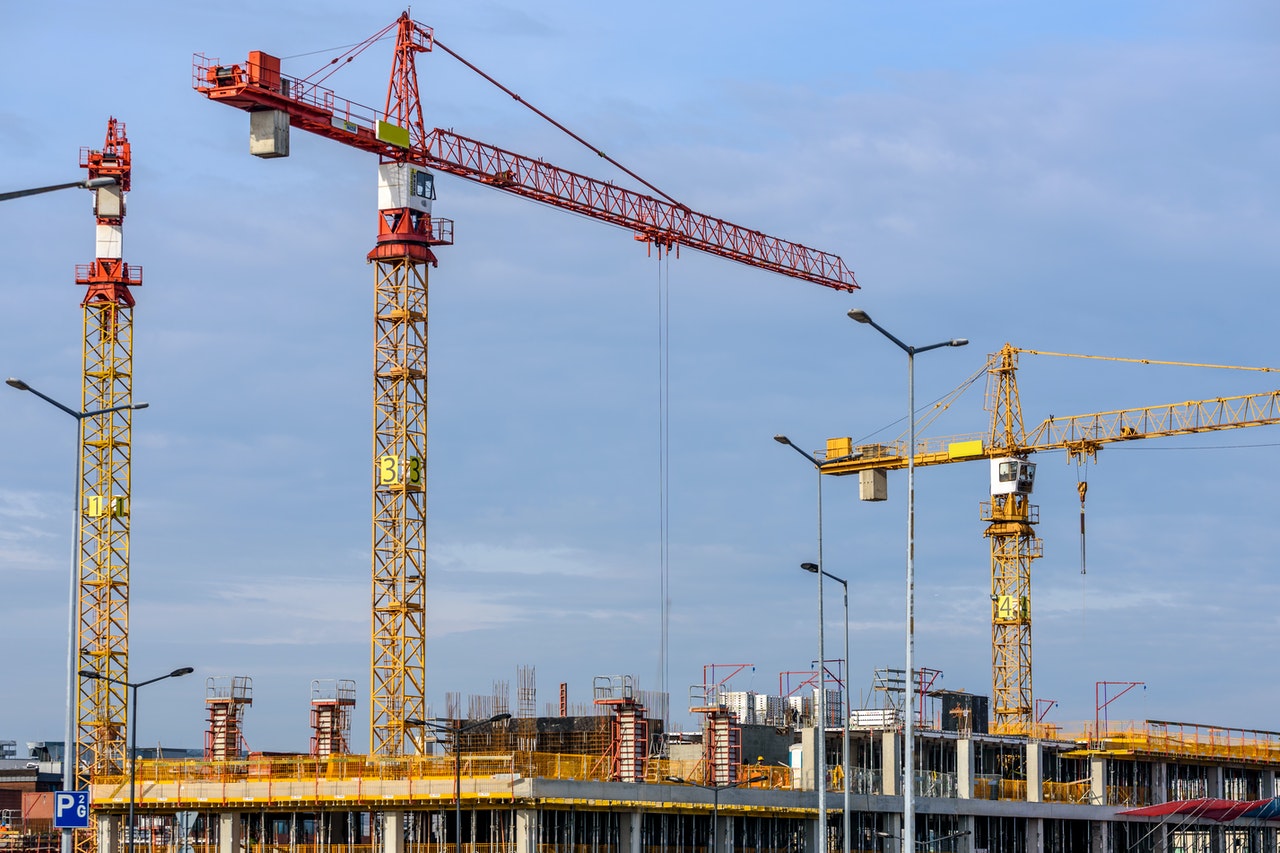

Building & Construction
How Do Construction Cranes Go Up
Modified: February 25, 2024
Discover how construction cranes effortlessly ascend during building construction projects. Explore the process, techniques, and incredible engineering behind their upward journey.
(Many of the links in this article redirect to a specific reviewed product. Your purchase of these products through affiliate links helps to generate commission for Storables.com, at no extra cost. Learn more)
Introduction
Construction cranes play a vital role in the building industry, enabling the efficient construction of tall structures and large-scale projects. These towering machines are an impressive sight, but have you ever wondered how they are assembled and go up to their lofty heights?
In this article, we will explore the fascinating world of construction cranes and take a closer look at how they are erected. We will delve into their history, discuss the different types of construction cranes, and examine the components that make up these powerful machines.
Furthermore, we will guide you through the process of assembling a construction crane, highlighting the safety measures that are crucial for a successful erection. By the end of this article, you will have gained a deeper understanding of how construction cranes go up and the importance of proper crane assembly.
So let’s dive in and discover the incredible world of construction cranes!
Key Takeaways:
- Construction cranes have evolved from ancient manual machines to modern, specialized equipment, revolutionizing the building industry with their efficiency, productivity, and safety advancements.
- The process of assembling a construction crane requires meticulous planning, strict adherence to safety measures, and expertise to ensure the safe and efficient completion of construction projects.
Read more: How Do Construction Cranes Work
History of Construction Cranes
The concept of using cranes for construction dates back thousands of years. In ancient civilizations, such as ancient Egypt and Greece, simple machines like pulleys and levers were used to lift and move heavy objects. These early cranes were operated manually and relied on human labor for their functionality.
As technology advanced, so did the design and capabilities of construction cranes. The Industrial Revolution in the 18th century brought significant innovations, including the invention of steam power. This led to the development of steam-powered cranes, which revolutionized construction by offering greater lifting capacity and efficiency.
Over time, cranes underwent further advancements. The introduction of the internal combustion engine in the late 19th century marked a significant milestone in crane technology. This innovation allowed cranes to be mobile and versatile, making them even more valuable in the construction industry.
In the early 20th century, the advent of electric-powered cranes provided another leap forward in crane design. Electric cranes offered a quieter and cleaner alternative to their steam and diesel counterparts, making them ideal for use in urban areas where noise and pollution were concerns.
Today, the construction industry benefits from a wide range of specialized cranes designed for various applications. From tower cranes used in high-rise construction to rough terrain cranes used in off-road settings, the versatility and efficiency of modern construction cranes have reached unprecedented heights.
This evolution in crane technology has not only facilitated the construction of larger and more complex structures but has also improved safety and productivity in construction sites. Construction cranes have become indispensable tools, allowing construction projects to be completed more efficiently and effectively than ever before.
As we move forward into the future, it is likely that we will see further advancements in construction crane technology. From autonomous cranes to cranes equipped with advanced sensor systems, the possibilities are endless. Regardless of the future developments, one thing is certain: construction cranes will continue to play a crucial role in shaping our built environment.
Different Types of Construction Cranes
Construction cranes come in various shapes and sizes, each designed to handle specific tasks and operate in different environments. Here are some of the most common types of construction cranes:
- Tower Cranes: Tower cranes are commonly seen on high-rise construction sites. They are tall, fixed cranes that are mounted on a concrete pad or a tower. Tower cranes can reach impressive heights and have a lifting capacity that ranges from a few tons to several hundred tons. They are known for their stability and are used for lifting and moving heavy materials, equipment, and prefabricated building components.
- Mobile Cranes: These cranes are versatile and can be moved from one location to another. They are mounted on a wheeled chassis and can travel on roads. Mobile cranes are widely used in various construction projects, including infrastructure development, building construction, and road maintenance. They come in different configurations, such as truck-mounted cranes, rough terrain cranes, and all-terrain cranes, each suited for specific terrain and lifting requirements.
- Crawler Cranes: Crawler cranes are characterized by their ability to move on tracks instead of wheels. This feature allows them to traverse uneven and challenging terrain, making them ideal for construction sites with soft ground or limited access. Crawler cranes are known for their stability and lifting capacity, making them suitable for heavy lifting tasks like bridge construction and industrial projects.
- Telescopic Cranes: Also known as a “boom crane,” telescopic cranes feature a telescopic boom that can be extended and retracted. This provides flexibility in reaching different heights and distances. Telescopic cranes are widely used in construction projects that require quick set-up and mobility, such as building maintenance and utility installations.
- Overhead Cranes: Overhead cranes are mainly used in large industrial facilities and warehouses. They consist of a horizontal beam that is suspended from the ceiling on a track system. Overhead cranes are designed for heavy lifting and are commonly used to transport materials within a controlled environment.
These are just a few examples of the different types of construction cranes available in the industry. Each type has its unique features, capabilities, and limitations, allowing construction professionals to choose the most suitable crane for their specific project requirements.
It’s important to note that proper training, certification, and adherence to safety regulations are crucial when operating any type of construction crane. Safety should always be a top priority to ensure smooth and incident-free operations on construction sites.
Components of a Construction Crane
A construction crane is a complex machine composed of various components that work together to lift and move heavy loads. Understanding the different parts of a crane is essential for safe and efficient operation. Here are some key components of a construction crane:
- Mast or Tower: The mast or tower is the vertical structure of a crane that provides stability and elevation. In tower cranes, the mast is fixed to the ground or a supporting structure, while in mobile cranes, it may be telescopic or lattice-like to allow height adjustment.
- Boom: The boom is the horizontal arm of the crane that extends outward and is used to lift and move loads. It can be fixed or telescopic, depending on the type of crane. The boom can be raised or lowered, and some cranes have multiple sections that allow for greater reach and flexibility.
- Jib: The jib is an optional extension at the end of the boom. It provides additional reach and allows the crane to lift loads beyond the length of the boom. The jib can be fixed or adjustable, depending on the crane design.
- Hoist: The hoist is the mechanism responsible for lifting and lowering loads. It consists of a motorized drum or winch and a wire rope or chain. The hoist can be operated manually or electronically, depending on the crane’s configuration.
- Counterweights: Counterweights are used to balance the crane and prevent it from tipping over when lifting heavy loads. They are typically located at the rear of the crane and can be adjusted or removed as needed.
- Cabin or Operator Station: The cabin or operator station is where the crane operator controls the crane’s movements. It provides a view of the working area and is equipped with controls, instruments, and safety devices to ensure proper operation.
- Stabilizers or Outriggers: Stabilizers or outriggers are extendable supports located at the base of the crane. They provide additional stability by increasing the crane’s footprint and preventing it from tipping over during operation.
- Control System: The control system includes all the hydraulic, electrical, and mechanical components that allow the operator to control the crane’s movements. It may include joysticks, buttons, switches, and displays to control the boom, hoist, and other functions.
These are the fundamental components of a construction crane, although the specifics can vary depending on the type and model of the crane. Proper maintenance and regular inspections of these components are crucial to ensuring the crane’s safe and reliable operation.
Remember, always follow the manufacturer’s guidelines and industry standards when operating a construction crane to mitigate risks and ensure a successful construction project.
Before a construction crane goes up, the tower sections are assembled on the ground and then lifted into place using a smaller mobile crane. This process is repeated until the desired height is reached.
The Process of Assembling a Construction Crane
Assembling a construction crane requires careful planning, coordination, and expertise. The process involves several steps to ensure the crane is erected safely and efficiently. Here’s an overview of the typical process of assembling a construction crane:
- Site Preparation: Before assembling the crane, the site needs to be prepared. This involves clearing any obstacles, leveling the ground, and ensuring a stable foundation to support the crane’s weight and load capacity.
- Foundation Construction: Depending on the type of crane, a foundation may need to be constructed. For tower cranes, a concrete pad or footing is required to anchor the crane securely. The foundation must be designed to withstand the crane’s weight, as well as the load it will lift.
- Transporting and Positioning Crane Components: The various components of the crane, such as the mast, boom, and counterweights, need to be transported to the construction site. Mobile cranes or specialized vehicles are used to transport these components. Once on-site, each component is carefully positioned using cranes or other lifting equipment.
- Assembling the Mast: The mast is one of the first components to be erected. Depending on the crane type and design, sections of the mast are lifted and connected one by one until the required height is achieved. Proper alignment and securing of each mast section is crucial for the stability of the crane.
- Installing the Boom: Once the mast is in place, the boom is installed. The boom may be preassembled on the ground and lifted into position using auxiliary cranes or attached incrementally by extending each boom section. The assembly process may vary depending on the crane design and type.
- Attaching Counterweights: Counterweights are essential for balancing the crane during operation. They are typically attached to the crane’s superstructure using rigging equipment. The counterweights may be positioned using auxiliary cranes or other lifting devices, ensuring a proper weight distribution to maintain stability.
- Connecting the Hoist and Jib: The hoist system, including the wire rope or chain, is then connected to the crane’s boom. The jib, if applicable, is also attached to the end of the boom. These components require careful alignment and securing to ensure proper functionality.
- Testing and Certification: Once the crane is fully assembled, it undergoes a series of tests and inspections to ensure its safe and reliable operation. Load tests may be conducted to verify the crane’s capacity and stability. Additionally, the crane undergoes certification by qualified inspectors to comply with regulatory standards.
Throughout the assembly process, strict adherence to safety protocols is critical. Qualified personnel, including crane operators and riggers, should be involved to ensure proper handling, lifting, and securing of crane components. Regular communication and coordination among the construction team are also essential to prevent accidents and ensure efficient assembly.
By following these steps and prioritizing safety, a construction crane can be assembled systematically and successfully, ready for operation in the construction site.
Read more: What Is A Crane In Construction
Safety Measures during Crane Erection
The erection of a construction crane is a critical phase that requires strict adherence to safety measures and procedures. The following are essential safety considerations during crane erection to ensure the well-being of workers and the successful completion of the project:
- Qualified and Trained Personnel: Only trained and qualified personnel should be involved in the crane erection process. This includes crane operators, riggers, and signal persons who have received proper training and certification specific to the type of crane being erected. Competent personnel are familiar with relevant safety protocols and can effectively manage potential risks.
- Site Safety Assessment: Before crane erection begins, a comprehensive safety assessment should be conducted. This includes evaluating the site conditions, such as ground stability, overhead obstructions, and potential hazards. Identifying and mitigating potential risks in advance helps prevent accidents during the erection process.
- Proper Equipment Inspection: All equipment involved in the crane erection, including cranes, rigging devices, and lifting equipment, must undergo thorough inspection. This ensures that they are in good working condition and capable of withstanding the loads imposed during assembly. Any damaged or faulty equipment must be repaired or replaced before commencement.
- Clear Communication and Signaling: Clear communication among team members involved in the crane erection is crucial. The correct use of standardized signals and radio communication ensures that everyone understands their roles and can effectively communicate instructions during the process. This helps prevent misunderstandings and potential accidents.
- Stability and Leveling: Ensuring the stability and proper leveling of the crane is essential for safe erection. Proper foundation preparation, including leveling the ground and establishing a stable base, is vital to prevent the crane from tipping over. Following manufacturer-recommended procedures for stabilizer deployment and counterweight placement is also important to maintain stability during operation.
- Fall Protection Systems: Adequate fall protection systems should be in place for workers involved in crane erection activities at elevated heights. This may include the use of harnesses, safety nets, or guardrails to prevent falls. Regular inspections and proper use of safety equipment reduce the risk of accidents and injuries.
- Adherence to Load Capacity: Exceeding the crane’s load capacity is a major hazard during erection. It is crucial to strictly adhere to the crane’s rated capacity and operating instructions. Overloading the crane can compromise stability and lead to accidents. Work with qualified engineers to ensure that the crane is properly configured to safely lift the intended loads.
- Proper Documentation and Permits: Compliance with local regulations, permits, and documentation is essential during crane erection. This includes obtaining necessary permits, following jurisdictional requirements, and maintaining documentation of inspections, certifications, and equipment records. Proper documentation helps ensure accountability and adherence to safety standards.
These safety measures are crucial to minimize the potential risks during crane erection. It is essential to prioritize safety and provide adequate resources, training, and supervision to ensure the smooth and incident-free assembly of the crane.
Conclusion
Construction cranes are remarkable machines that have transformed the building industry, enabling the construction of towering structures and large-scale projects. Understanding the process of how construction cranes are erected and the safety measures involved is crucial for the successful and safe completion of construction projects.
Throughout history, construction cranes have evolved from simple manual machines to sophisticated, powerful, and highly specialized equipment. The advancements in crane technology have revolutionized the way buildings are constructed, allowing for greater efficiency, productivity, and safety on construction sites.
When assembling a construction crane, careful planning, coordination, and adherence to safety measures are essential. From preparing the site and constructing foundations to erecting the mast, attaching the boom, and conducting necessary tests, each step requires expertise and attention to detail. Prioritizing the safety of workers, ensuring qualified personnel, and maintaining proper equipment and communication are paramount during the crane erection process.
By understanding the various types of construction cranes, including tower cranes, mobile cranes, crawler cranes, telescopic cranes, and overhead cranes, construction professionals can choose the most suitable one for their specific projects. Each type of crane offers unique features and capabilities that cater to different construction needs and environments.
Moreover, recognizing the key components of a construction crane, such as the mast, boom, hoist, counterweights, and control system, helps operators and workers familiarize themselves with the machines they are working with. Regular inspections, maintenance, and adherence to safety protocols ensure the crane’s safe and efficient operation throughout its lifespan.
In conclusion, construction cranes are indispensable tools in the building industry. By understanding their history, different types, components, and the process of their assembly, we gain a deeper appreciation for the remarkable engineering behind these machines. Implementing the necessary safety measures during crane erection ensures the well-being of workers and the successful completion of construction projects.
As technology advances, we can expect further innovations in construction crane design, enhancing their capabilities, efficiency, and safety features. By staying abreast of these advancements and ensuring continuous training and education, construction professionals can harness the full potential of construction cranes to create impressive structures that shape the future.
Frequently Asked Questions about How Do Construction Cranes Go Up
Was this page helpful?
At Storables.com, we guarantee accurate and reliable information. Our content, validated by Expert Board Contributors, is crafted following stringent Editorial Policies. We're committed to providing you with well-researched, expert-backed insights for all your informational needs.

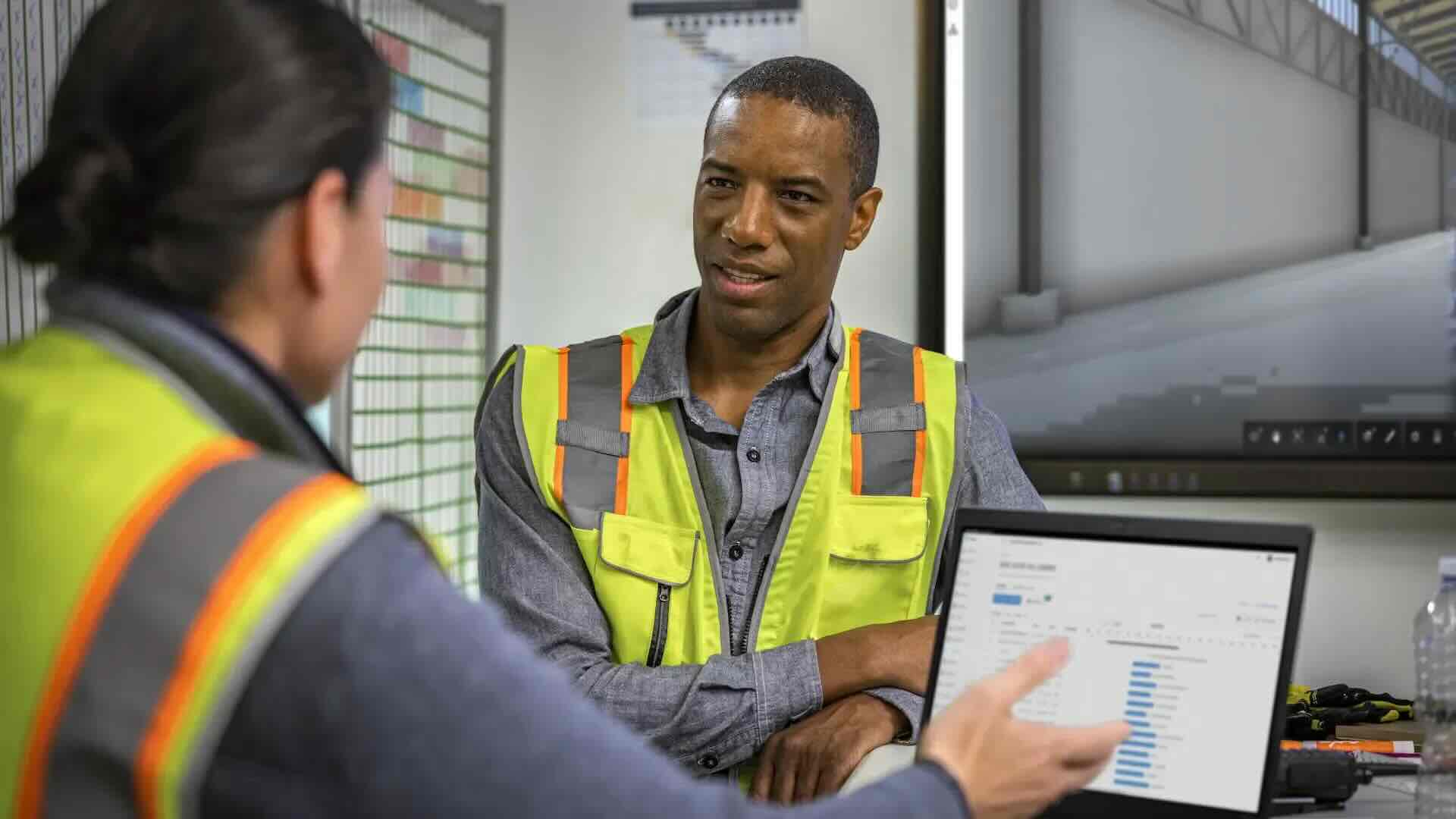



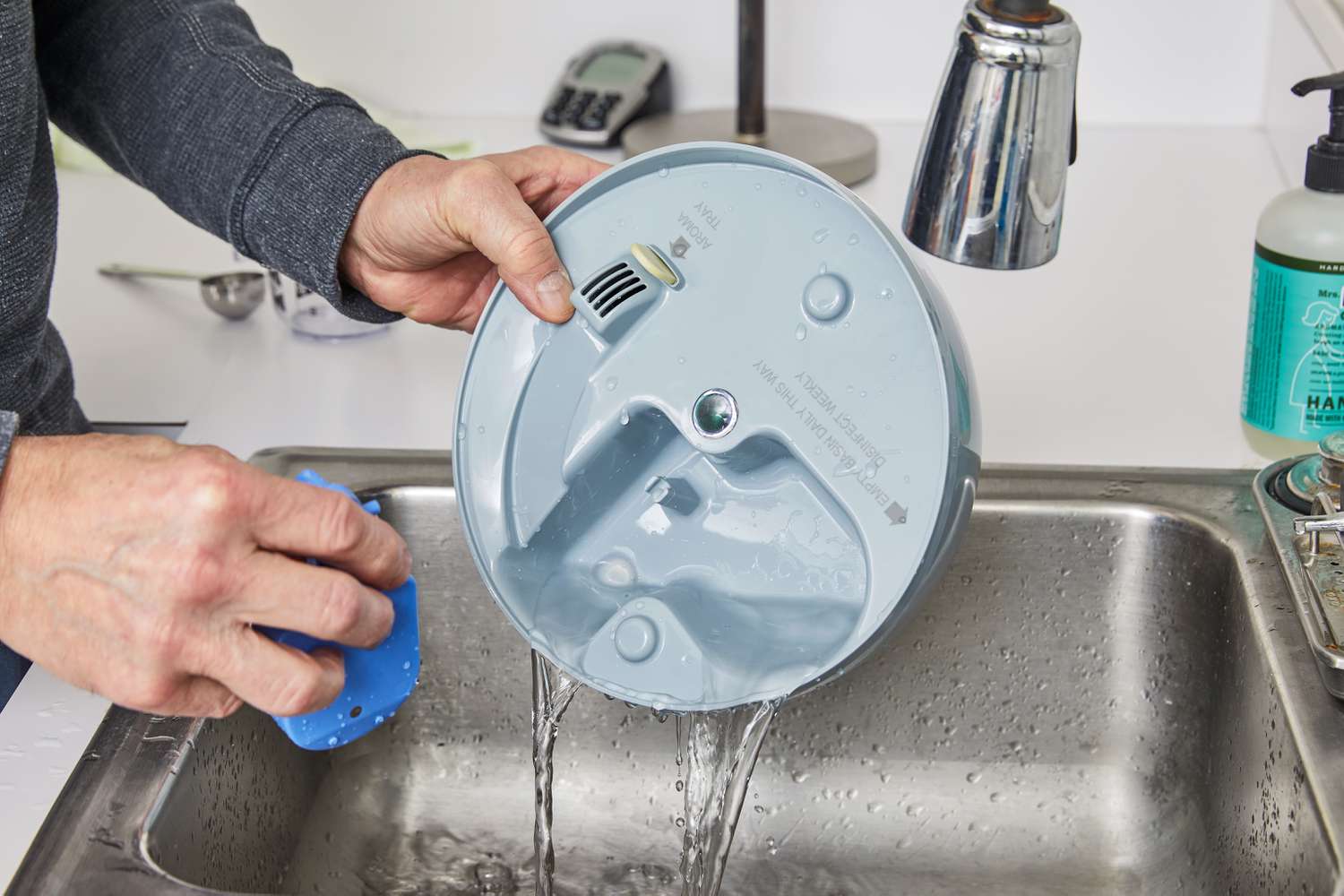



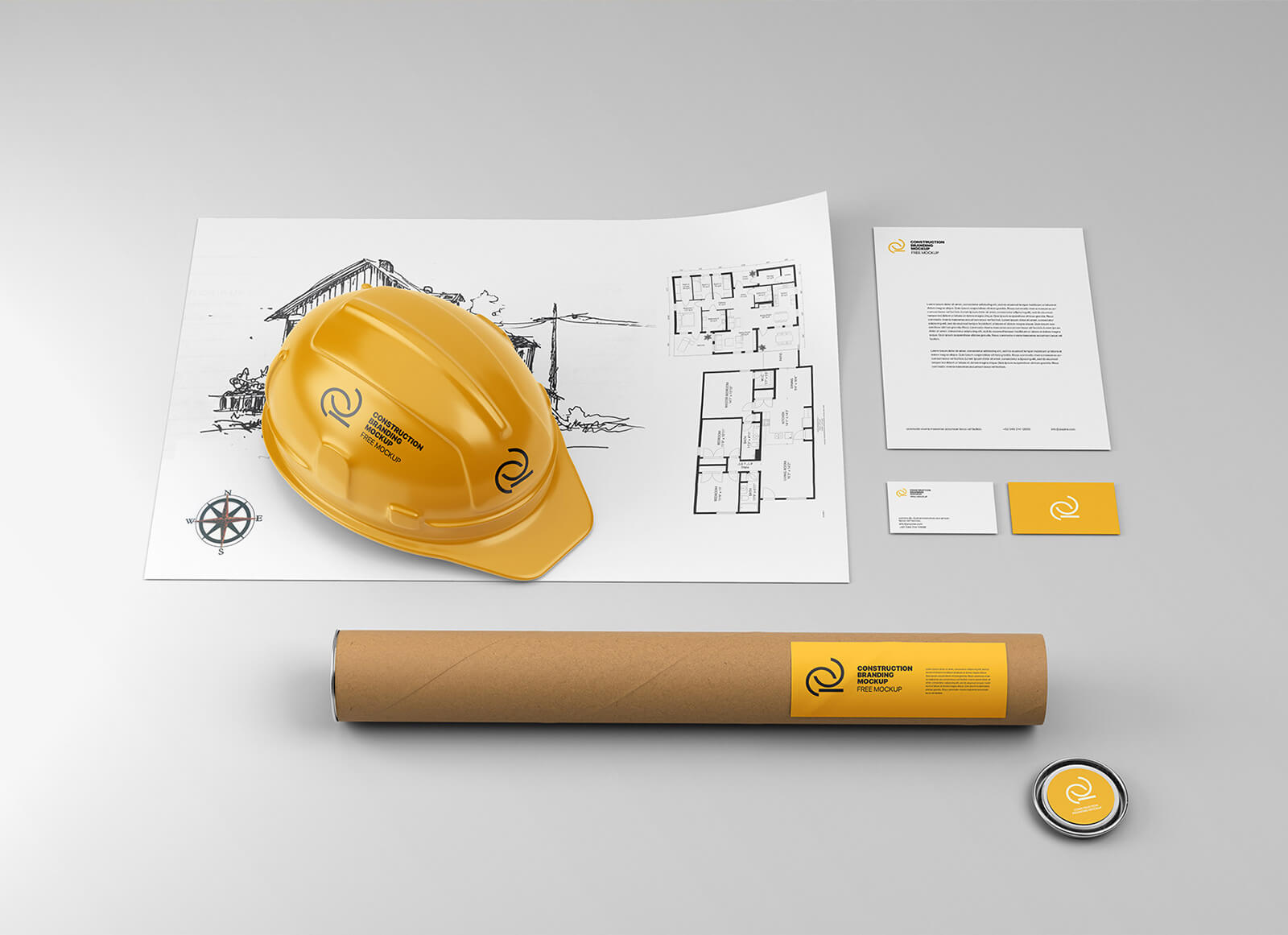
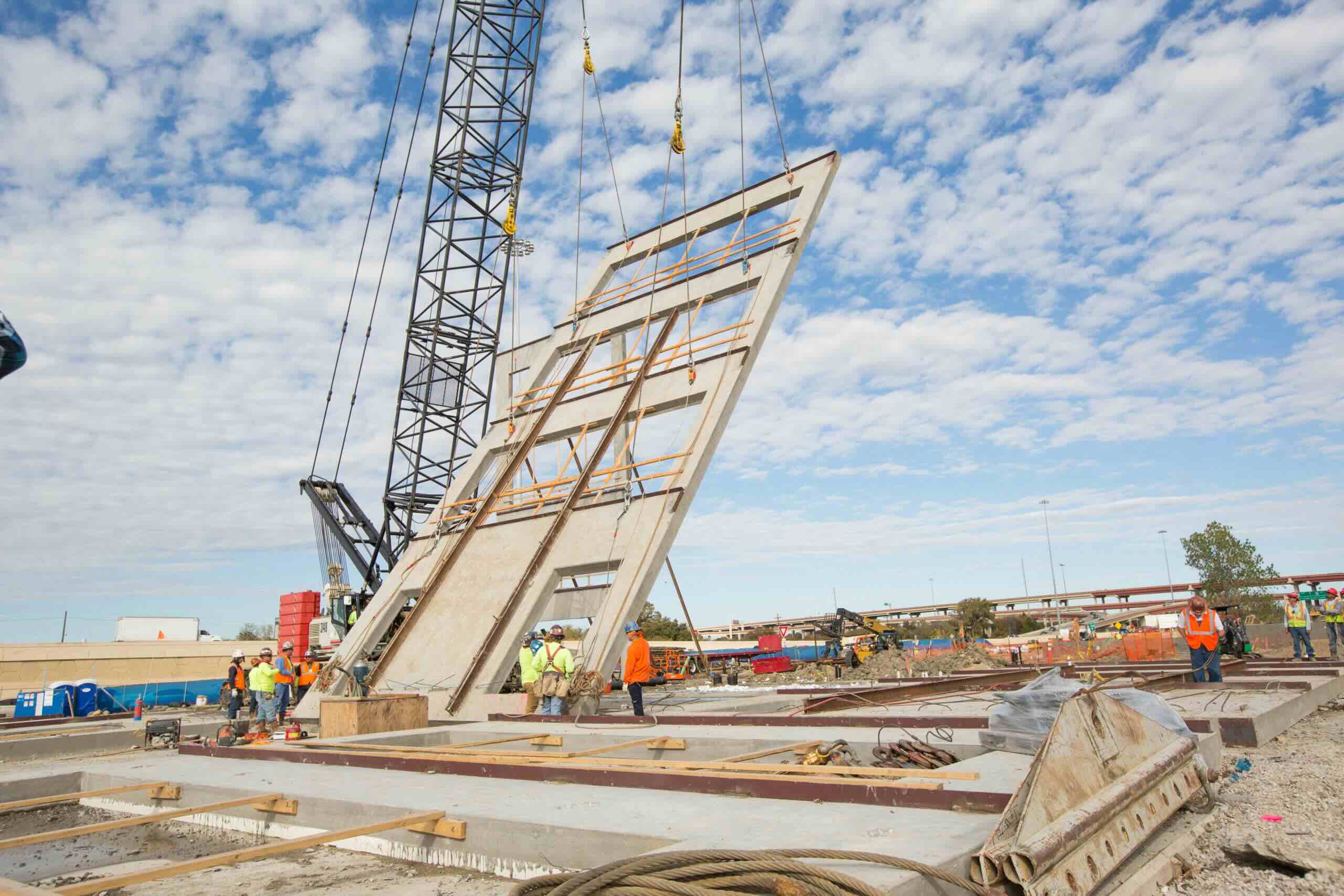
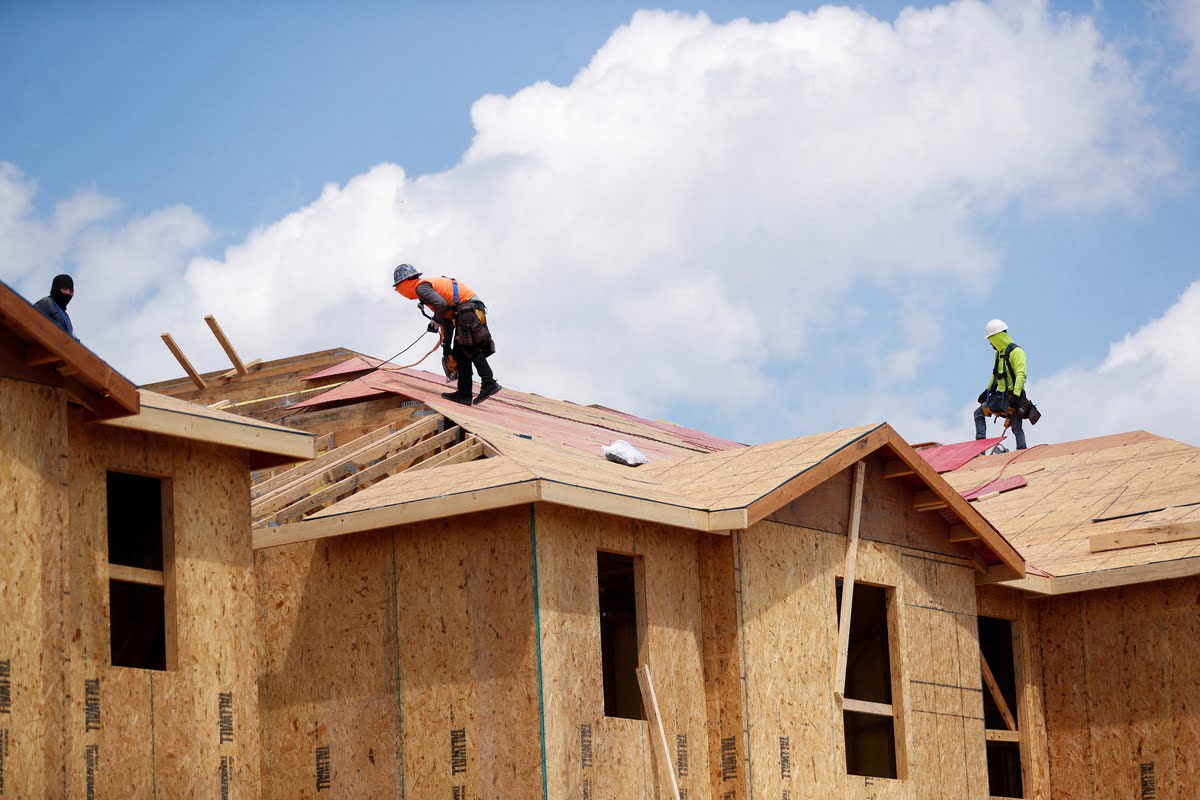



0 thoughts on “How Do Construction Cranes Go Up”